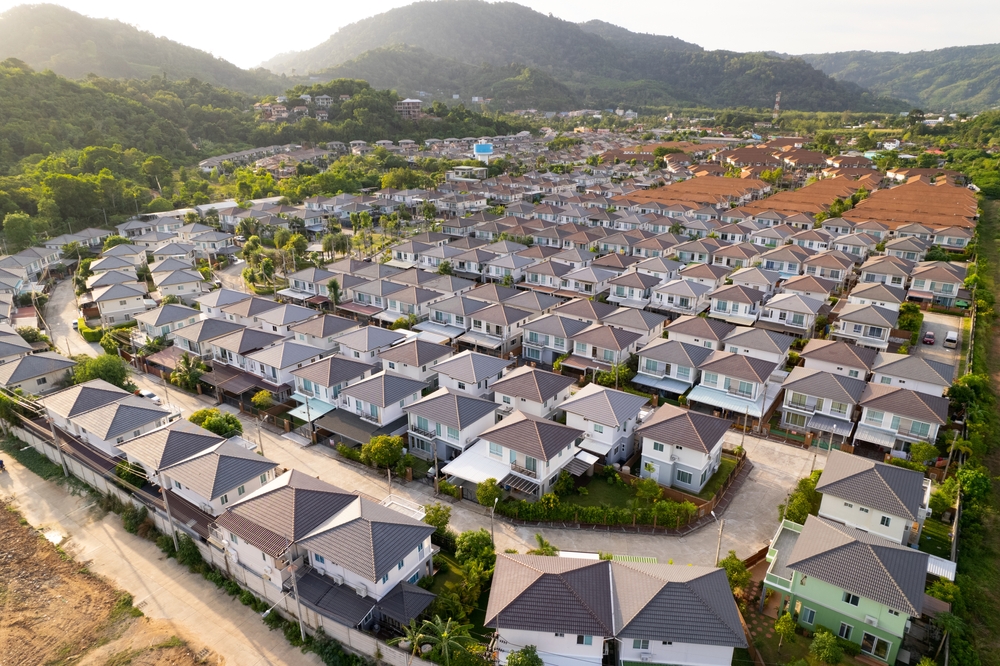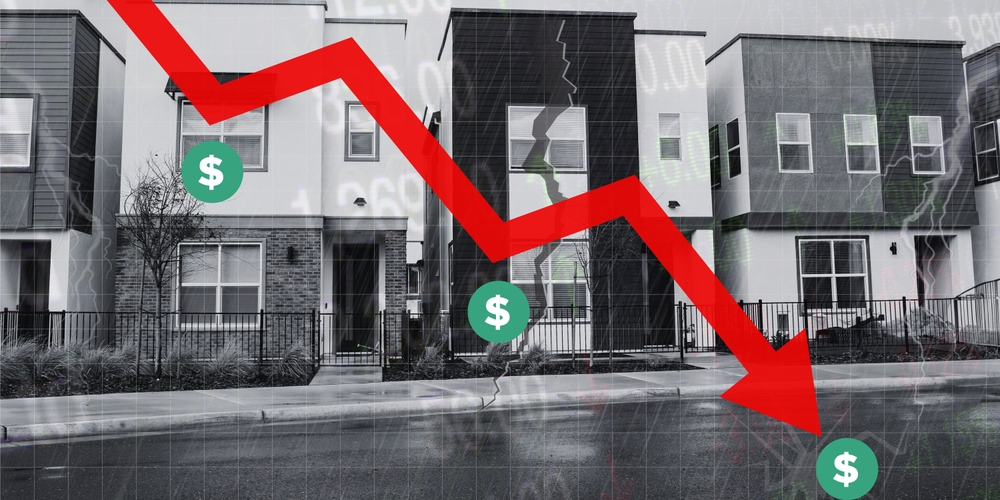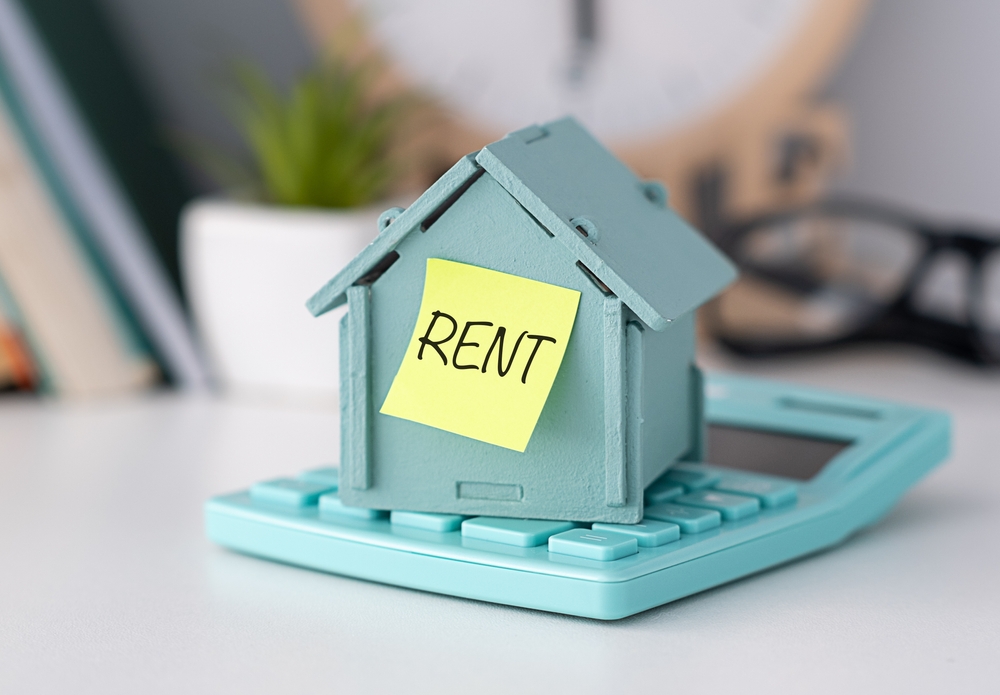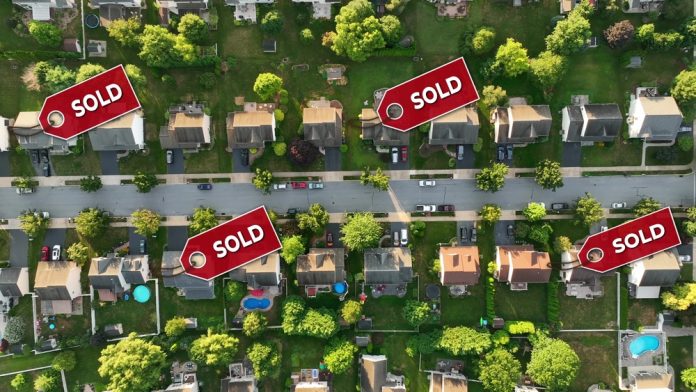Remember when mortgage rates were below 3%?
Many homeowners locked in those rates during the pandemic. Now, they are holding tight.
This situation has a name. Economists call it the lock-in effect. Homeowners do not want to trade their low mortgage rates for today’s higher rates. That decision is shaping the entire housing market in 2025.
Buyers see fewer homes for sale. Sellers hesitate to list their properties. Builders are trying to fill the gap, but it is not enough in many areas.
In this article, we will break it all down. You will learn what the lock-in effect is. You will see how it affects buyers, sellers, and the market as a whole. We will look at what could finally shake things loose and what you can do to navigate this unusual time.
What Is the Lock-In Effect?
The lock-in effect is simple. Homeowners with a mortgage rate below today’s average rate stay put.
Why? It comes down to money. If you locked in a 3% mortgage during the pandemic, you are saving hundreds of dollars every month. Selling your home and buying a new one would likely mean paying 6.5% or more. That is a huge increase in cost.
Recent data shows just how widespread this is. About 81% of U.S. homeowners have mortgage rates below 6%. Nearly 21% even have rates below 3%. Those ultra-low rates are rare in history. People are not giving them up easily.
This behavior keeps the housing market in a strange position. Inventory is low. Prices stay high. And buyers have fewer choices.
How Big Is the Problem?

The numbers tell the story.
Inventory is down. There are simply fewer homes hitting the market. Buyers are frustrated. Sellers are frozen in place.
In many cities, the number of available homes is still below pre-pandemic levels. This is despite population growth and steady demand.
Sales activity has slowed. Fewer listings mean fewer closings. Many people who want to move cannot find a good option in their budget. Others cannot afford to take on a much higher interest rate.
Surveys back this up. A recent Bankrate poll found that 51% of homeowners said they will not buy another home this year. Even more, 54%, said they will not sell.
The result is a market that feels stuck. Prices remain stubbornly high because supply is so tight. Buyers compete for what little inventory is available. And sellers hesitate to list their homes unless they have no other choice.
A Real-Life Example
One story from a recent Realtor.com report highlights this problem well.
A couple from Massachusetts decided to relocate during the pandemic. They sold their home for a strong profit and moved to a smaller town in Mississippi. With their sale proceeds, they bought a larger property with land and even a guesthouse.
To make the home livable, they took out a small renovation mortgage at 5%. That rate was fine at the time.
Now, they want to add on to the house. They even dream of buying a vacation home near the coast. But they have put those plans on hold.
Why? Because today’s rates make borrowing too expensive. Their low-rate mortgage has them locked in.
It is a personal example of a national trend. Homeowners with low rates are choosing to wait rather than move forward.
Why the Market Is Stuck

The lock-in effect has created two big problems: low inventory and high prices.
Low Inventory
When people do not sell, inventory dries up. That creates a bottleneck in the market. Buyers have fewer options. Homes in good condition and in desirable areas sell quickly.
High Prices
Low supply keeps prices high. Even with higher interest rates, buyers compete for the few homes that are available. This demand keeps upward pressure on prices, especially in affordable markets.
The result is frustration on all sides. Buyers struggle to find homes they can afford. Sellers feel trapped. And agents see deals fall through because buyers cannot make the math work.
Signs of Change

The market is not completely frozen. There are small signs of movement.
Mortgage rates have started to dip. In August, the 30-year fixed rate fell to 6.58%, its lowest point in ten months. That drop is encouraging. But it is not enough to get most homeowners off the sidelines.
Inventory is also starting to improve. Home sales rose 2% in July. Inventory hit its highest level in five years. That is progress, but levels are still far below what the market needs for balance.
Builders are stepping up. In many markets, new-construction homes are now priced close to, or even below, existing homes on a per-square-foot basis. Builders are offering incentives and designing smaller, more affordable homes to meet current demand.
These changes are helping. But the big shift will not happen until rates fall more.
What Could Free the Market
Economists agree on one thing. Mortgage rates need to come down before the market will truly unstick.
Surveys show that about 40% of buyers would enter the market if rates fell below 6%. Another third would jump in if rates dropped below 5%.
Lower rates would help sellers too. It would make trading in a low-rate mortgage for a new home less painful.
The Federal Reserve may start cutting rates if inflation continues to cool. If that happens, mortgage rates could dip enough to bring more people back into the market.
But a sudden boom is unlikely. Most experts predict a slow thaw rather than a flood of new listings.
Strategies for Buyers
If you are a buyer in today’s market, you need to stay flexible.
Consider new construction. Builders are motivated to sell. Many are offering rate buydowns, closing cost credits, or upgrades to attract buyers.
Get creative with financing. Adjustable-rate mortgages (ARMs) or shorter loan terms can lower monthly payments. Just make sure you understand the risks.
Focus on what you can control. Improve your credit score, save for a larger down payment, and know your budget before you start shopping.
Work with a knowledgeable agent. A pro can help you spot opportunities you might miss on your own.
Strategies for Sellers
Sellers also have to be strategic in this market.
Know your equity. If you have a low-rate mortgage, calculate what it would cost to move. Sometimes staying put is the smarter choice.
Highlight your home’s strengths. A well-maintained home that is priced right can still draw strong offers.
Explore alternatives. Renting your current home and using that income to buy another property can be a solution for some owners.
Plan ahead. If rates start to drop, be ready to act quickly. Buyers will return to the market fast.
Impact on Renters and the Broader Economy

While much of the discussion around the lock-in effect centers on homeowners and potential buyers, renters are also feeling the consequences.
With fewer homeowners listing their properties, demand for rentals has surged. Many would-be buyers who cannot compete in today’s market remain renters for longer than they planned, increasing competition for available units.
This heightened demand has pushed rents higher in many metropolitan areas. Even in markets where population growth is modest, limited housing supply means landlords can charge more. For renters, this translates into higher monthly costs and less ability to save for a future down payment. In effect, the lock-in effect creates a ripple that delays the path to homeownership for many households.

The broader economy is not immune either. When people stay put, they spend less on moving-related expenses, home upgrades, and new furniture. Entire industries—real estate services, construction, and retail sectors—feel the slowdown. Local economies that rely heavily on real estate transactions, such as title companies, inspectors, and small contractors, may see reduced activity. This drag on spending can weigh on economic growth at both local and national levels.
On the flip side, some sectors benefit. Rental property owners see strong demand, and large institutional landlords are expanding their presence. Builders of multi-family housing are also capitalizing on the need for more rental units. Still, the overall effect tilts toward higher costs for consumers and fewer opportunities for mobility, which can stifle labor market flexibility when workers are reluctant to relocate for better jobs.
In short, the lock-in effect extends well beyond the housing market. It shapes rental affordability, consumer spending, and even job growth—demonstrating how interconnected housing is with the broader economy.
The Outlook for 2025 and Beyond
Experts predict the lock-in effect will ease slowly over the next few years.
Mortgage rates may hover in the mid-6% range through the end of 2025. They could drift lower in 2026 and beyond if inflation stays under control.
Home prices are unlikely to fall sharply. Instead, we may see slower growth and more stability as inventory improves.
Long-term solutions will take time. More housing needs to be built. Policy changes and streamlined permitting could help. And wage growth will be key to restoring affordability in many markets.
Final Thoughts

The lock-in effect is not just a statistic. It is a reality shaping millions of homeowners’ decisions every day.
If you have a low-rate mortgage, you are sitting on an incredible advantage. But that advantage comes with a cost: less flexibility.
For buyers, patience and creativity are essential. For sellers, strategy and timing matter more than ever. This market will not stay frozen forever. Rates will adjust. Inventory will rise. And opportunities will return for those who are prepared.
So keep learning. Keep planning. And when the market starts to thaw, you will be ready to make your move.
Frequently Asked Questions
What is the lock-in effect?
The lock-in effect happens when homeowners keep their homes because their mortgage rate is lower than today’s rates, making it costly to move.
Why is housing inventory so low in 2025?
Many homeowners are holding onto their low-rate mortgages, which limits the number of homes being listed for sale.
Will mortgage rates drop soon?
Rates may ease slowly if inflation continues to cool, but most experts predict only a gradual decline, not a sharp drop.
How can buyers succeed in this market?
Buyers should stay flexible, consider new construction, explore creative financing, and work with experienced agents.
What should sellers do right now?
Sellers should know their equity, highlight their home’s strengths, and be ready to act quickly if rates drop and buyers return.
Will home prices fall in 2025?
Sharp price drops are unlikely. Instead, prices may grow more slowly as inventory improves over time.

